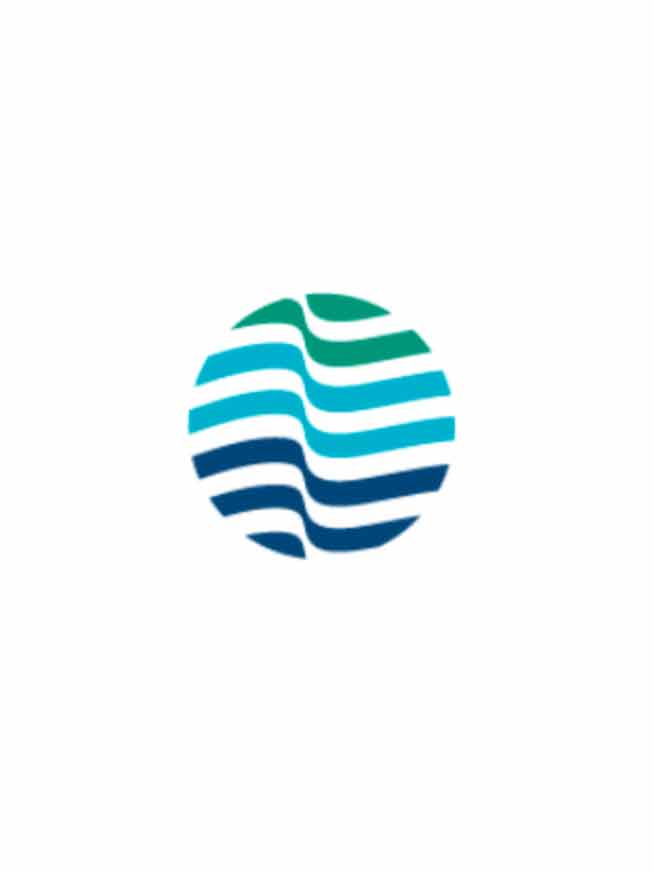Op-Ed: Another View: Busting Water Conservation Myths

Op-Ed: Another View: Busting Water Conservation Myths
A recent op-ed column, “Putting two myths about the state’s drought to rest” (Viewpoints, July 6), repeated three misstatements about conservation that are often used to delay implementing strategies for more efficient water use. Until these misunderstandings are corrected, common-sense improvements will continue to be underfunded and inadequately pursued. The failure to use proven and cost-effective efficiency programs can be seen in the limited attention to conservation in the state water bond proposals and only modest efforts of some water agencies. Even the term “conservation” is misunderstood. There are two different forms: “conservation” in the sense of cutting back on water use; and “efficiency” in the sense of doing what we want with less water. The first is a temporary response to crises, such as the current drought: taking shorter showers and fallowing cropland. The second refers to technologies and practices that let us continue to grow food and meet urban needs while using less water. Here are three key points that need clarification: • The misconception that additional water savings are small. Great untapped potential remains to use less water, despite past efforts and progress. Water-use efficiency has been identified as the largest new source of water in the past three California water plans. Hundreds of thousands of acres of cropland continue to be flooded using inefficient technologies and practices. Water-thirsty lawns are widespread. Inefficient fixtures remain in our homes. Research has identified millions of acre-feet of water that can be conserved, yet programs to cut waste are grossly underfunded. • The misunderstanding that conservation and efficiency are important only when they generate “new” water. Some claim that using water more efficiently doesn’t always produce “new” water because wasted irrigation or urban runoff is reused downstream. This is a half-truth. Sometimes this occurs, but much of the water can be recovered. Furthermore, “new” water is not the only benefit of efficiency improvements. Strategies to cut excess application of water also save energy, protect water quality and prevent unnecessary diversions from ecosystems. • The myth that proponents of conservation think that it is the only solution. This is a straw-man argument. Serious conservation analyses have never claimed that conservation alone can bring us into balance. Conservation and efficiency are critical solutions with high potential, low cost and real environmental benefits, but vital efforts and investments – especially expanded use of high-quality treated wastewater and stormwater – are also needed. By repeating these three misconceptions, conservation and efficiency programs are marginalized when these strategies must be a central focus of statewide water reform.Full Op-Ed

